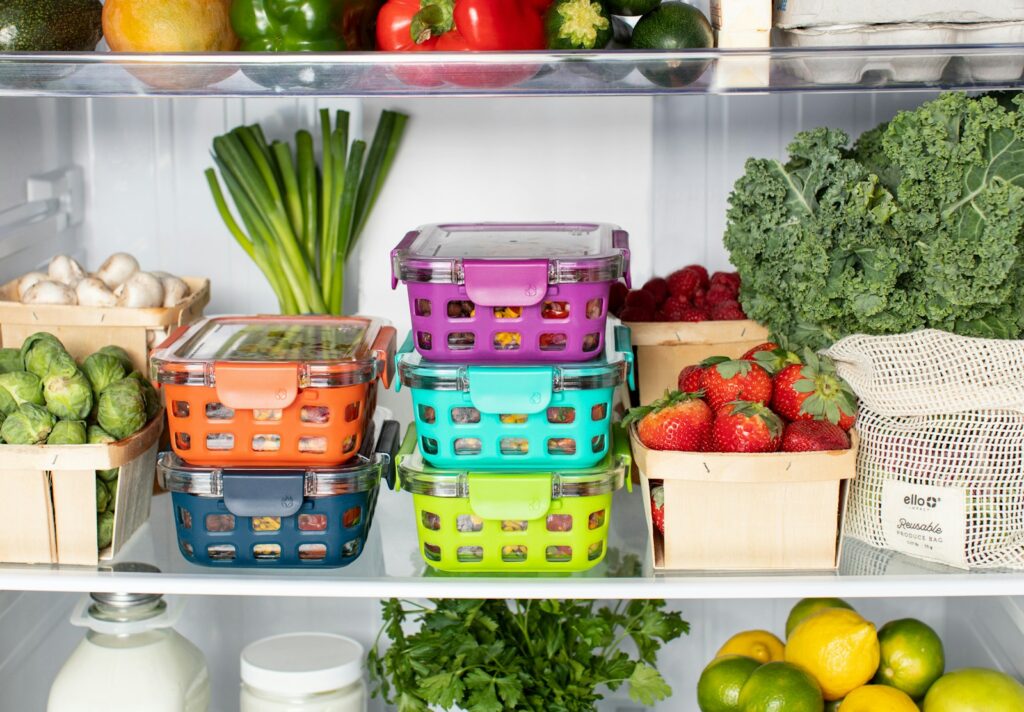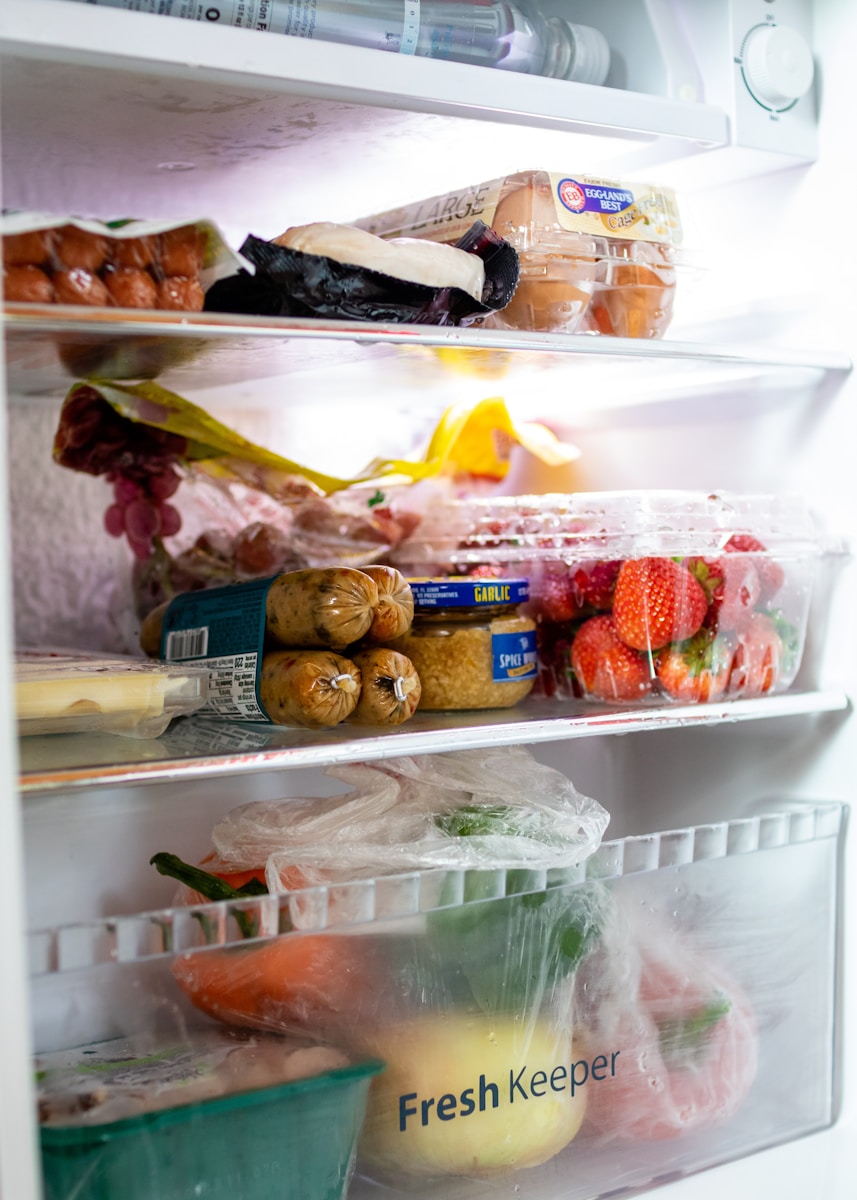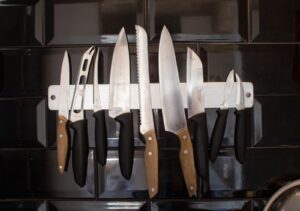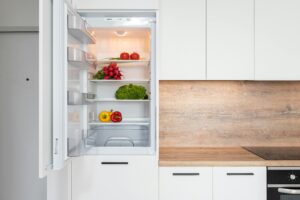Have you ever opened your fridge to find your once-fresh produce now encased in frost? Perhaps you went to pour yourself a glass of milk to go with those fresh chocolate chip cookies you made, only to find your milk has turned into a solid block of ice? If this has happened to you, you’re not alone. No one wants their fridge to be freezing food, that’s what the freezer is for! Despite this, dealing with a fridge that freezes food unexpectedly is a common problem in many households. In this guide, we’ll explore the reasons behind this perplexing issue and provide practical solutions to prevent it from happening again.
If you’re dealing with the opposite fridge temperature issue and your fridge is too warm, don’t fret. You can find out how to fix a non-cooling fridge here.

Why Is My Fridge Freezing Food?:
Don’t panic! There’s no need to immediately assume your fridge has reached the end of its lifespan. There’s many other reasons your fridge could be having issues.
- Inaccurate Fridge Temperature: One of the primary reasons your fridge may be freezing food is due to inaccurate temperature settings. If the fridge temperature is set too low, it can cause everything inside to freeze.
- Blocked Air Vents: Blocked air vents can disrupt the airflow within the fridge. This will lead to uneven temperature distribution and pockets of excessively cold air.
- Faulty Thermostat: A malfunctioning thermostat may fail to regulate the temperature effectively, resulting in sporadic fluctuations that can cause food to freeze.
- Overcrowded Fridge: An overcrowded fridge impedes proper airflow, preventing cold air from circulating efficiently. This causes some areas to become colder than others.
How to Stop Your Fridge from Freezing Food:
- Adjust Fridge Temperature: Start by checking the fridge temperature settings and adjusting them to the recommended range. This range will typically be between 35°F and 38°F (1.7°C and 3.3°C). Use a fridge thermometer to ensure accuracy.
- Clear Air Vents: Inspect the air vents inside the fridge. Ensure they are not blocked by food items or containers. Clear any obstructions to allow for proper airflow throughout the fridge.
- Test the Thermostat: Test the thermostat by placing a thermometer inside the fridge for several hours. If the temperature fluctuates significantly or remains consistently too low, consider replacing the thermostat. If you’re unsure, it may be time to contact a professional.
- Organize Fridge Contents: Properly organize the contents of your fridge to ensure adequate airflow. Avoid overcrowding and leave space between items to allow cold air to circulate freely.
What Do I Do with My Frozen Food?
So you’ve inspected your fridge, and resolved any issues with fridge temperature, but one problem still remains: I have a load of frozen food, now what? There are a few things you should consider before using leftover frozen food. The good news is… even if your original dinner plan may be out the window, there still may be other options for tonight’s meal.
- Check for Spoilage: Inspect frozen food items for signs of spoilage, such as freezer burn or unusual texture. If food appears to be affected, it may be best to discard it to avoid the risk of foodborne illness.
- Thaw Frozen Items: For food items that are still safe to eat, thaw them slowly in the refrigerator. They can also be thawed at room temperature. Avoid using hot water or microwaving frozen food, as these methods can result in uneven thawing and compromise food quality.
- Repurpose Frozen Ingredients: Get creative with your frozen ingredients by incorporating them into recipes that can withstand freezing. Meals like soups, stews, or casseroles can allow you to salvage frozen food while minimizing waste.
Dealing with a fridge that freezes food can be frustrating, but with the right knowledge and troubleshooting techniques, you can save your fridge, your food, and best of all: save yourself the trouble of having to rethink tonight’s dinner. By adjusting temperature settings, clearing air vents, and organizing fridge contents, you can prevent food from freezing in the future. Remember to regularly monitor your fridge temperature and make adjustments as needed to ensure ideal food storage conditions.


